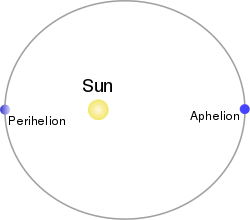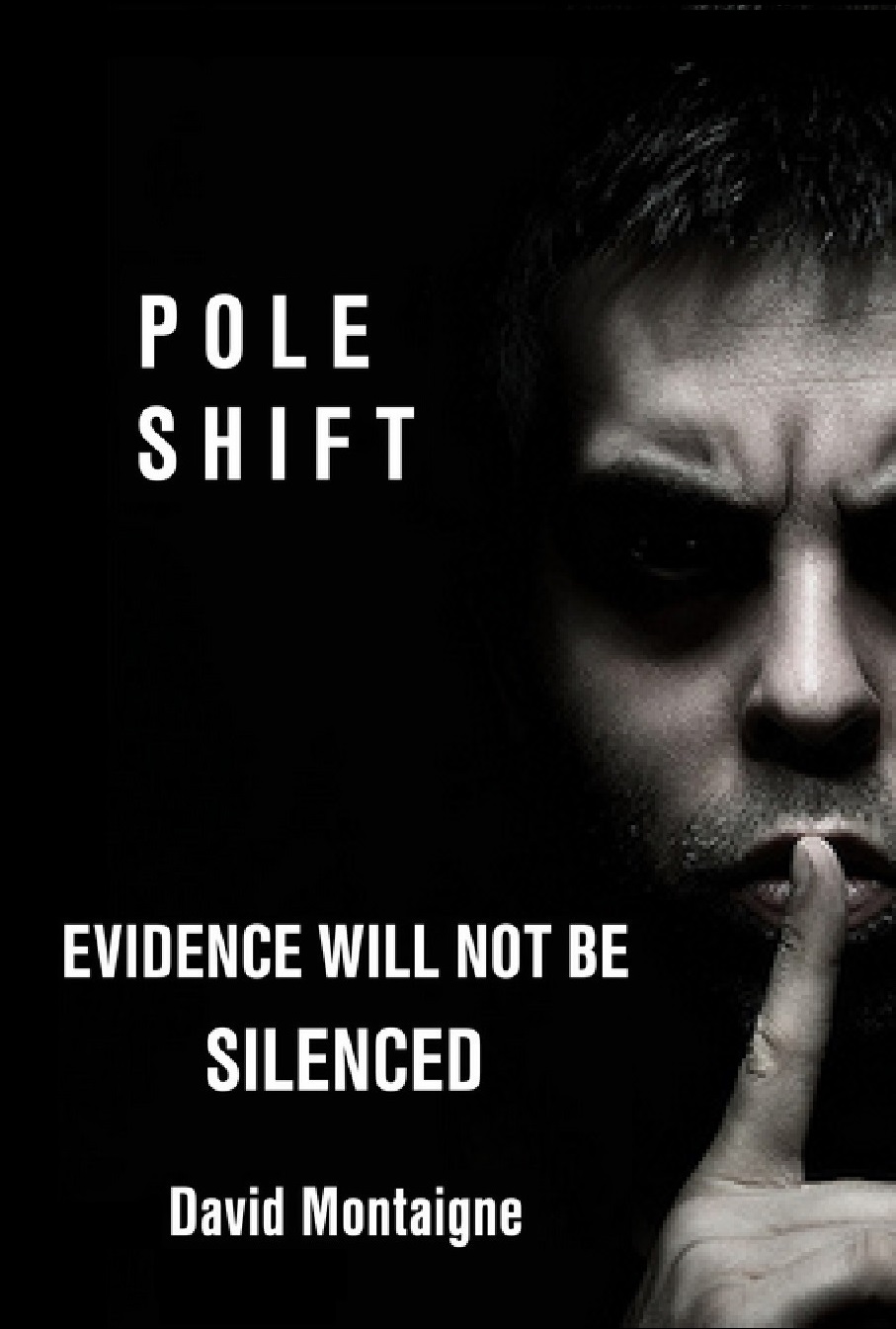As Space.com explains: “In July, we are at our furthest point from the Sun, and Earth moves slower than average along its path. In January, we are closer to the Sun, and Earth speeds up a bit in its orbital progress.”

Wikipedia adds: “Earth is about 147.1 million kilometers (91.4 million miles) from the Sun at perihelion around January 3, in contrast to about 152.1 million kilometers (94.5 million miles) at aphelion around July 4 — a difference of about 5.0 million kilometers (3.1 million miles)…. Because of the increased distance at aphelion, only 93.55% of the solar radiation from the Sun falls on a given area of land as does at perihelion.” This is basic science, simple to understand.
The key points to take away from these facts are that the Northern hemisphere enjoys a shorter, warmer winter than the southern hemisphere’s longer and colder winter.
Every year, more snow and ice fall at the South Pole than at the North Pole. Even if the Earth’s land was distributed in a way that put land at both poles, snow and ice would accumulate more at the South Pole. But with an ocean to make the temperature more mild in the north, the imbalance gets even worse – leaving Antarctica with by far the thickest and deepest ice sheets.
Wikipedia also notes that Joseph Alphonse Adhémar (1797–1862) was a French mathematician. He was the first to suggest that ice ages were controlled by such astronomical forces in his 1842 book Revolutions of the Sea.
The Earth’s orbit is elliptical, with the Sun at one focus; lines drawn through the summer and winter solstice; and the spring and autumn equinox; intersect with the sun at right angles. The Earth is closest to the Sun (perihelion) near the northern hemisphere winter solstice. The earth moves faster through its orbit when closer to the sun. Hence, the period from the northern hemisphere’s autumn equinox to winter and spring is shorter by around seven days than the period from spring to summer to autumn; the reverse is true in the southern hemisphere. Hence, northern hemisphere winter is shorter.
Because of this, Adhemar reasoned that because the southern hemisphere had more hours of darkness in winter, it must be cooling, and attributed the Antarctic ice sheet to this. Adhemar knew of the 22,000 year cycle [25,920 years] of precession of the equinoxes, and theorized that the ice ages occurred in this cycle.”
Although the cycle of precession is close to 26,000 years, and a pole shift seems to happen every half cycle of almost 13,000 years, Adhemar was still onto something. “Adhemar reasoned that because the southern hemisphere had more hours of…” [winter, more ice would accumulate at the South Pole, eventually “…causing Earth to undergo a physical pole shift that would destroy most of humanity.”
As Jocelyn Goodwin wrote in Arktos: Adhemar understood this would cause an enormous imbalance of mass as ice grew more at the South Pole, and that this would cause periodic pole shifts:

Hugh A. Brown and Charles Hapgood, the godfathers of 20th century pole shift theory, both understood that imbalanced ice would eventually, after thousands of years, destabilize the surface of the planet when torque from such mass inevitably overcome the friction that keeps layers of the Earth fixed in place – for now. Evidence shows it has not always stayed fixed. Governments have no reason to warn us and make society break down over the news today – but – we are due for another round soon – a catastrophic, civilization-ending POLE SHIFT is due in the 21st century.
.
.

